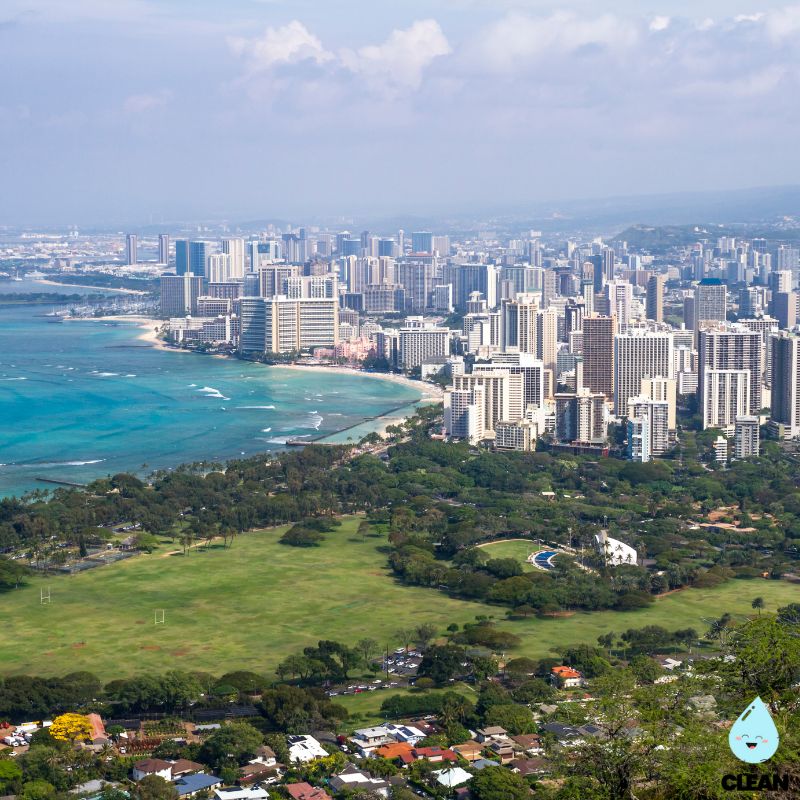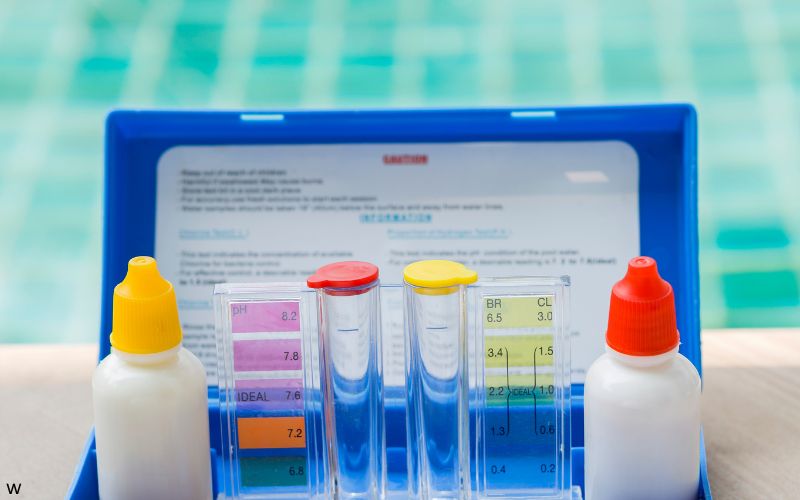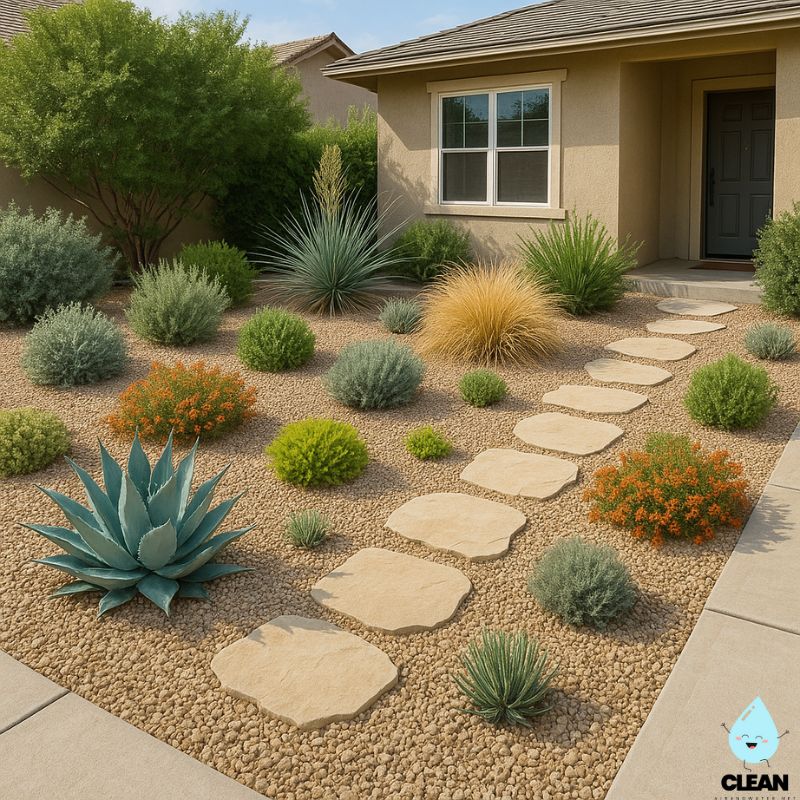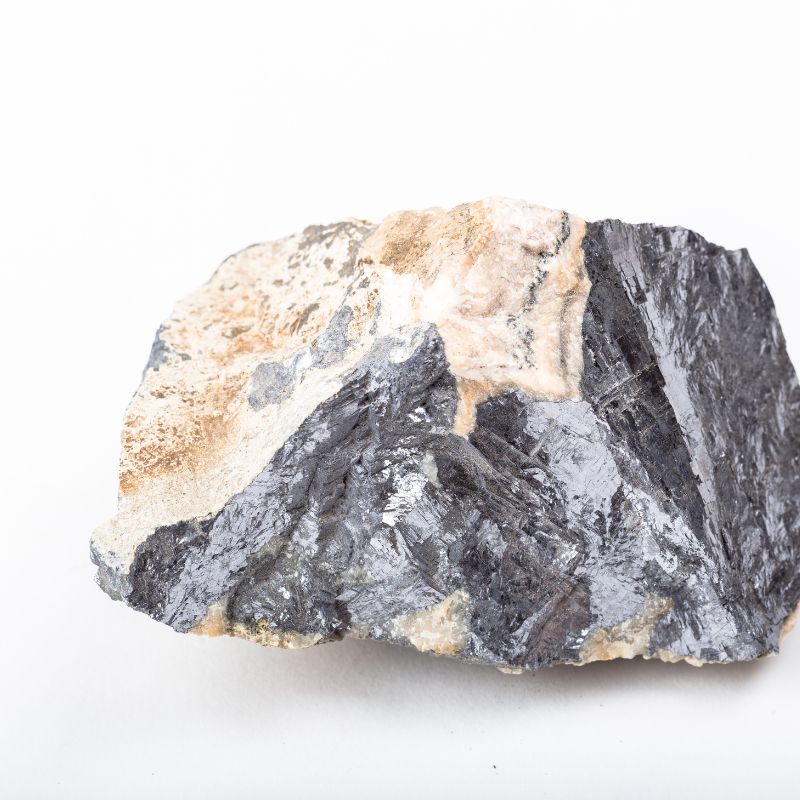Honolulu Water Quality at a Glance
some concerns
Is Honolulu Water Safe to Drink?
Generally Yes, With Some Caution – Honolulu’s water meets federal standards and is considered safe for consumption. The Board of Water Supply serves 1 million people daily with 145 million gallons from well-maintained groundwater sources. Low-level PFAS has been detected at multiple well systems, and some schools have shown elevated lead in fixtures. Military bases around Red Hill have ongoing PFAS monitoring due to historical contamination concerns.
⚠️ Key Concerns for Honolulu Residents
- PFAS “Forever Chemicals”: Low levels detected at Waipahu, Makakilo, Waipio Heights, Moanalua, Halawa, and Kaamilo Wells; recent detection at west Oahu treatment facility
- Red Hill Military Impact: PFAS contamination in groundwater near Navy fuel storage facility; ongoing monitoring and remediation efforts
- School Lead Concerns: 4% of tested school drinking water sources showed elevated lead levels from fixtures; affected sources removed from use
- Military Base Issues: Joint Base Pearl Harbor-Hickam has shown over 6,000 lead detections since 2022, though below EPA action levels
Read the full report below for detailed analysis, water system specifics, and actionable recommendations for Honolulu residents.
Honolulu – Hawaii – Water Quality Report 2025: PFAS Testing, Infrastructure Concerns & Safety across your city
The Honolulu Board of Water Supply (BWS) manages a comprehensive water system serving approximately 1 million residents across the island of Oahu. Established in 1929 as a semi-autonomous agency, the BWS operates an extensive network of wells, pumping stations, reservoirs, and water treatment facilities, delivering roughly 145 million gallons of water daily to Hawaii’s most populous island.
Honolulu derives almost all of its drinking water from groundwater sources, with the majority coming from underground aquifers that are naturally filtered through the island’s volcanic rock formations. The system includes over 2,100 miles of pipelines and manages more than 194 wells and groundwater sources, primarily deep wells that tap into Oahu’s extensive basal aquifer system. The BWS has implemented significant sustainability measures to protect this precious resource, focusing on watershed protection, advanced water treatment, and conservation initiatives. The utility meets or exceeds all federal and state drinking water standards, providing safe, dependable water service while addressing challenges including infrastructure maintenance, saltwater intrusion prevention, and emerging contaminant monitoring including PFAS detection at multiple well systems.

Honolulu Water Quality: Current Status (2024-2025)
Latest Testing Results
- Comprehensive Monitoring: The BWS conducts extensive water quality testing throughout its network, ensuring consistent monitoring from source to tap throughout Oahu’s water distribution system.
- Compliance Status: Honolulu’s drinking water fully meets all federal EPA standards and Hawaii Department of Health regulations, with test results published in annual Consumer Confidence Reports available to all residents.
- PFAS Monitoring: Recent testing has detected low levels of per- and polyfluoroalkyl substances (PFAS) at multiple well systems including Waipahu, Makakilo, Waipio Heights, Moanalua, Halawa, and Kaamilo Wells, with most recent detection at the Hōʻaeʻae Wells treatment facility serving west Oahu. All detections remain below current EPA health advisory levels, with continued monitoring in place.
Island Water Sources
- Groundwater Dependence: Nearly 100% of Honolulu’s drinking water comes from groundwater sources, primarily from the basal aquifer system that naturally forms within Oahu’s volcanic rock formations.
- Aquifer Protection: The BWS maintains rigorous protection of watershed areas and recharge zones that feed the island’s aquifers, including partnerships with conservation organizations to preserve forested upper watersheds.
- System Resilience: Strategic distribution of wells across the island provides system resilience, though the 2021 Red Hill fuel contamination incident highlighted vulnerabilities and led to enhanced monitoring protocols for potential military-related contamination.
Treatment Processes
- Minimal Treatment Required: Honolulu’s naturally filtered groundwater typically requires less intensive treatment than surface water sources, with the majority of water sources receiving chlorination disinfection and pH adjustment.
- Specialized Facilities: For areas with specific contaminant concerns, the BWS employs advanced treatment technologies including granulated activated carbon filtration systems in Central Oahu and North Shore areas to remove agricultural chemicals, and reverse osmosis at the Honouliuli Water Recycling Facility.
- Quality Control: Continuous electronic monitoring throughout the system provides real-time data on water quality parameters, allowing for immediate response to any detected issues.
Infrastructure Management
- Pipeline Renewal: The BWS has accelerated its water main replacement program, addressing aging infrastructure with a focus on areas with history of breaks or leaks, replacing approximately 6-10 miles of pipeline annually.
- Water Loss Prevention: Implementation of advanced technologies including acoustic leak detection systems and smart meters helps identify and address water losses throughout the distribution system.
- System Maintenance: Regular inspection and maintenance of the system’s extensive infrastructure ensures water storage quality and structural integrity for reliable service even during emergency situations.
Sustainability Initiatives
Honolulu’s Board of Water Supply has implemented a comprehensive sustainability program that balances current needs with long-term resource protection. The Water Master Plan guides infrastructure investments while the Water Conservation Plan promotes efficiency through consumer education, rebate programs for water-efficient fixtures, and xeriscaping incentives. The BWS’s watershed protection efforts include partnerships with conservation organizations to maintain healthy forests that capture rainfall and recharge aquifers. Climate change adaptation strategies address sea level rise concerns that could affect coastal wells through saltwater intrusion. The utility also invests in renewable energy at pumping facilities and has developed water recycling capabilities at the Honouliuli Water Recycling Facility, providing non-potable water for irrigation and industrial use to reduce demands on drinking water supplies.
Recommendations for Honolulu Residents

Test Your Water
Request water quality testing by calling 808-748-5041 or visiting boardofwatersupply.com. Testing is particularly recommended for older homes or those with aging plumbing systems that may contribute to water quality concerns, especially given recent PFAS detections in multiple well systems.

Practice Water Conservation
Participate in the BWS conservation programs, including rebates for WaterSense fixtures and xeriscaping projects. Call (808) 748-5041 or visit boardofwatersupply.com/conservation to apply for available incentives and learn water-saving techniques.

Consider Home Filtration
While Honolulu’s water meets all safety standards, given recent PFAS detections at multiple well systems, residents may consider NSF-certified filters capable of removing PFAS (such as activated carbon or reverse osmosis systems) for additional protection.

Follow Conservation Guidelines
Be aware of voluntary and mandatory conservation notices during dry periods. When in effect, reduce outdoor irrigation, avoid washing vehicles at home, and fix leaks promptly. Check boardofwatersupply.com for current conservation status updates.

Report Issues
Contact 808-748-5000 immediately for water main breaks, water quality concerns, or unexplained increases in water usage. For after-hours emergencies, call the same number, which is monitored 24/7 by BWS personnel.
Quality News About Your Water
Get the comprehensive water quality news coverage you need with our dedicated US Water News Service. From coast to coast, we deliver in-depth reporting and expert analysis on PFAS contamination, EPA regulatory changes, infrastructure developments, and emerging water safety issues affecting communities nationwide. While mainstream media only covers the biggest stories, we provide the detailed, ongoing coverage that helps you understand the full scope of America’s water challenges. Whether you’re a concerned citizen, water professional, or community leader, our daily updates and analytical insights keep you informed about the issues that matter most to public health and environmental safety.
Frequently Asked Questions
Is Honolulu’s tap water safe to drink?
Yes, Honolulu’s tap water meets all federal and state drinking water standards and is safe to drink. The Board of Water Supply conducts extensive testing to ensure water quality and safety throughout the system, though recent PFAS detections at multiple well systems warrant continued monitoring.
Honolulu’s drinking water comes primarily from groundwater sources naturally filtered through volcanic rock. This natural filtration process often results in high-quality water requiring minimal treatment. The BWS adds chlorine for disinfection and makes pH adjustments at some facilities to reduce pipeline corrosion, but otherwise, the water receives minimal processing before delivery to homes.
Why does my water sometimes taste salty?
Slightly elevated salt levels can occur in some areas of Honolulu, particularly during periods of high water demand or drought when wells may be pumped more intensively. This can cause what’s known as “upconing” where deeper saltwater is drawn up toward freshwater zones.
To address this concern:
1. The BWS carefully monitors chloride (salt) levels in all water sources
2. Wells showing elevated salinity are rested or pumped at reduced rates
3. Water from different sources is blended when necessary to maintain quality
If you notice persistent salty taste in your water, contact BWS at 808-748-5041 so they can investigate the specific situation in your area.
How does Honolulu protect its water supply?
Honolulu employs a comprehensive approach to protecting its precious water resources:
• Watershed protection: Partnerships with conservation organizations to maintain healthy forest ecosystems that capture rainfall and recharge aquifers
• Monitoring and testing: Extensive water quality testing program including enhanced PFAS monitoring following recent detections
• Sustainable pumping: Careful management of pumping rates to prevent saltwater intrusion and maintain aquifer health
• Source water assessments: Regular evaluation of potential contamination sources near wells and implementation of protection measures
• Public education: Programs to promote water conservation and proper disposal of potential contaminants
These combined efforts help ensure the long-term sustainability of Oahu’s groundwater resources for future generations.
Are there water restrictions in Honolulu?
Honolulu occasionally implements water conservation measures depending on supply conditions:
Current Status:
• BWS requests voluntary conservation in some areas, particularly during summer months when demand increases
• Enhanced monitoring continues in areas affected by Red Hill fuel facility concerns and PFAS detections
During Drought Conditions:
• BWS may issue mandatory conservation notices requiring specific actions
• Restrictions typically focus on reducing outdoor water use, such as limiting landscape irrigation to specific days or times
• Prohibition on wasteful practices like allowing water to run off properties
For current conservation status and any active restrictions, visit boardofwatersupply.com or call 808-748-5041.
Contaminants of Concern

PFAS (Per- and Polyfluoroalkyl Substances)
Source: Industrial and consumer products, firefighting foam (particularly concerning near military installations like Red Hill), and other sources; detected at low levels in multiple Oahu well systems including Waipahu, Makakilo, Waipio Heights, Moanalua, Halawa, and Kaamilo Wells
Health Effects: Potential impacts on immune system, thyroid function, and other health concerns with long-term exposure to elevated levels; considered “forever chemicals” due to their persistence in the environment
Current Levels: Low levels detected in multiple well systems, all below current health advisory levels but above zero detection EPA Action: New maximum contaminant levels established in 2024; BWS monitoring closely and evaluating treatment options

Lead and Copper
Source: Primarily from older plumbing fixtures, solder, and pipes in buildings; 4% of tested school drinking water sources showed elevated lead levels from fixtures, leading to removal of affected sources from use
Health Effects: Lead exposure can cause developmental delays and learning disabilities in children; copper can cause gastrointestinal distress at high levels
Management Approach: BWS conducts regular Lead and Copper Rule monitoring; affected school fixtures have been replaced or removed; residents with older homes should consider testing if concerned about plumbing-related contamination
Please read – our information
The information presented on cleanairandwater.net is compiled from official water quality reports, trusted news sources, government websites, and public health resources. While we strive for accuracy and thoroughness in our presentations, we are not scientists, engineers, or qualified water quality professionals.
Our mission is to present water quality information in an accessible, real-world format that helps people understand what’s in their water and make informed decisions about their health and safety. We believe that complex environmental information should be available to everyone in a format that’s easy to understand.
We make every effort to ensure our content is current and accurate, but we cannot guarantee that all information is complete or error-free. This website should not replace official communications from your local water utility or health department. We always recommend consulting official sources for the most up-to-date information regarding your specific water system.
Clean Air and Water is not liable for any unintentional errors, omissions, or outdated information. The content on this site is provided for informational purposes only and should not be considered professional advice.


